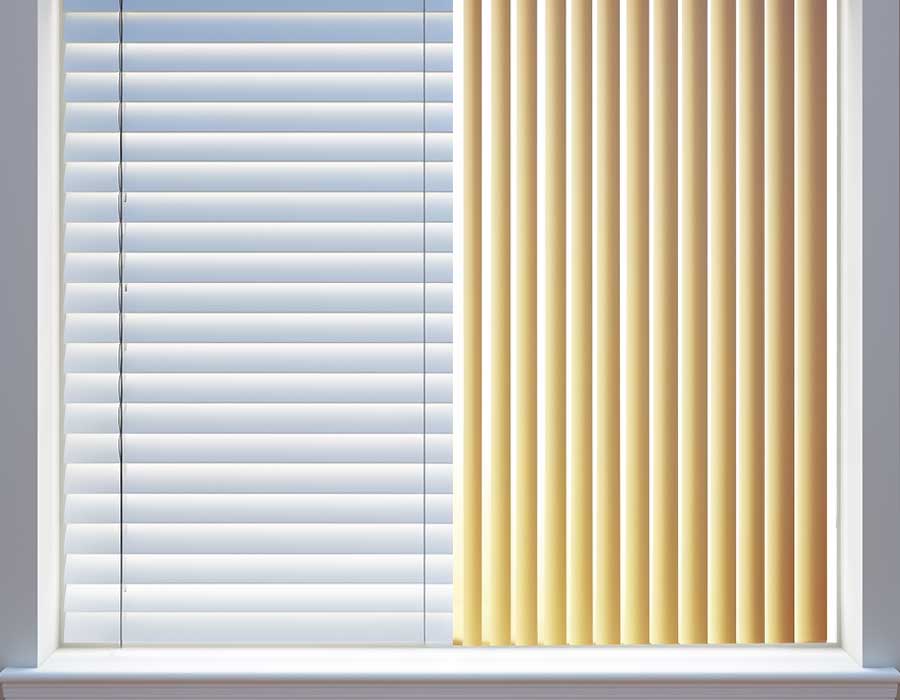Measuring & Fitting Included
Get an immediate price using our online estimator
Years’ of experience
Daytime, evening & weekend appointments
Call to speak to our call centre

Our aim is to give people looking for fitted blinds in the locality the best possible service and after sales care together with an exceptional quality product at the absolute best prices available. Custom Fitted Blinds are an independent blinds company, we source our products from some of the UK’s best and biggest national companies to make sure our customers get the best window treatments on the market. If you’re looking for fitted blinds, please try our price estimator to give you a pre-appointment, ‘supplied and fitted’ quotation.
© 2024 All rights reserved
Made with ❤ with Elementor